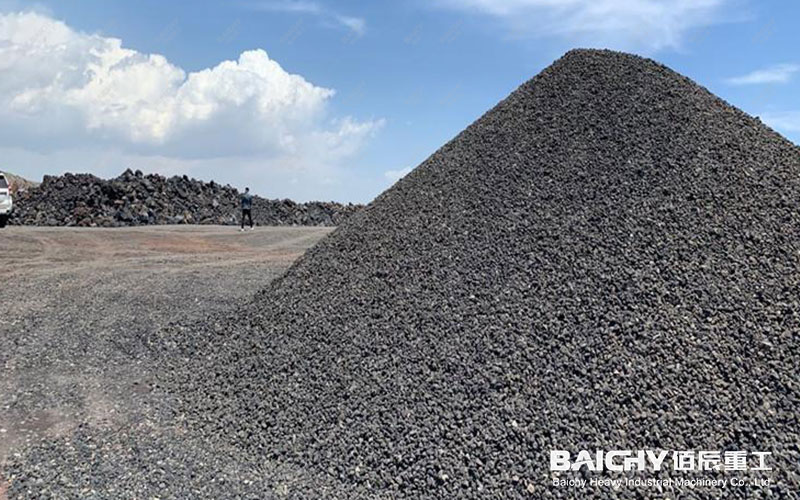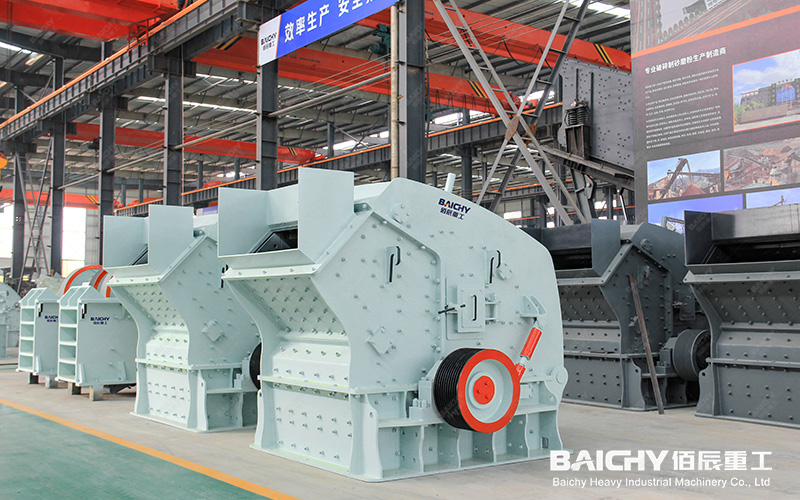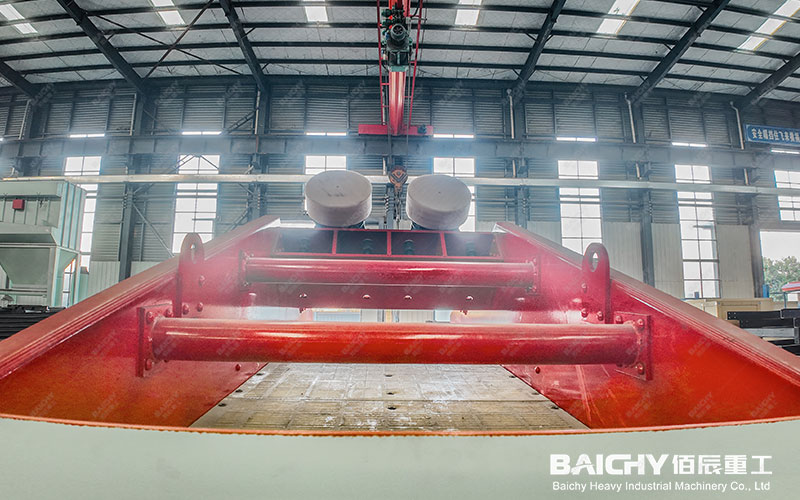
In today's world, with increasingly stringent requirements for sand and gravel aggregates in large-scale infrastructure construction, high-grade highways, and commercial concrete mixing plants, the design of crushing and processing solutions for andesite, a high-quality stone raw material characterized by high hardness, high compressive strength, and good wear and corrosion resistance, is crucial.
A scientifically designed and rationally configured production line is the core of achieving efficient production, controlling costs, and ensuring product quality. This article will provide a detailed analysis of a complete solution for a 600-ton-per-hour (600 T/H) andesite crushing production line.
Stone Crushing Plant PDF, Download ↓↓↓
I. Project Core
• Raw Material Characteristics: Andesite is a medium-hard or higher-hardness ore with a high silicon content, exhibiting strong wear resistance and high compressive strength. This presents significant challenges to the materials of wear-resistant parts and the design of the crushing chamber in the crushing equipment.
• Production Objectives: 600 tons per hour, with finished product specifications flexibly adjusted according to market demand, typically high-quality aggregates of different particle sizes such as 0-5mm, 5-10mm, 10-20mm, and 20-31.5mm.

II. Core Equipment Selection Recommendations
Given the high hardness of andesite, a multi-stage crushing scheme of "jaw crusher + cone crusher" is recommended. This is currently the most reliable and efficient configuration.
1. Primary Crushing (Coarse Crushing) – Jaw Crusher
◦ Role: The "vanguard" of the production line, responsible for the initial crushing of large pieces of raw ore (particle size up to approximately 1000mm), providing suitable feed for subsequent medium crushing.
◦ Reason for Selection: Jaw crushers are characterized by their robust structure, large processing capacity, and strong adaptability, making them particularly suitable for processing large, hard andesite. A large, deep-cavity jaw crusher is recommended to ensure stable primary production capacity.
2. Medium and Fine Crushing (Core Stage) – Multi-cylinder Hydraulic Cone Crusher
◦ Role: The "main force" of the production line, undertaking the most important crushing task, crushing the coarsely crushed stone to the required finished particle size.
◦ Reason for Selection: Multi-cylinder hydraulic cone crushers utilize the principle of layered crushing, making them particularly suitable for crushing hard rocks like andesite. Its advantages include high output, good product particle shape, long service life of wear parts, and easy adjustment of the discharge port via a hydraulic system, enabling intelligent control. This is a key piece of equipment to ensure the achievement of the 600-ton-per-hour production target.
3. Shaping and Crushing (Optional) – Vertical Shaft Impact Crusher
◦ Role: The "beautician" of the production line, used to shape part of the aggregate from the cone crusher, optimize particle shape, and produce high-quality manufactured sand.
◦ Reason for Selection: If you have extremely high requirements for the particle shape (cubic content) and grade of manufactured sand, configuring a vertical shaft impact crusher for "stone-on-stone" crushing can significantly improve the added value of the product.
4. Auxiliary Equipment – Feeding, Screening, and Conveying System
◦ Vibrating Feeder: Provides uniform and continuous feeding to the coarse crushing equipment, ensuring stable production.
◦ Circular Vibrating Screen: Performs multi-stage screening, grading the crushed mixture according to different specifications. Unqualified materials are returned to the crusher for further crushing, forming a closed-loop cycle to ensure efficiency and yield.
◦ Belt Conveyor: The "artery" connecting each process stage, responsible for material transport.
III. Standard Process Flow Summary:
Large Andesite → (Vibrating Feeder) → Jaw Crusher (Coarse Crushing) → (Belt Conveyor) → Multi-cylinder Hydraulic Cone Crusher (Medium and Fine Crushing) → (Belt Conveyor) → Circular Vibrating Screen (Screening) →
• Qualified Product: Oversize material (large particles) returns to the cone crusher for further crushing (closed-loop circulation); undersize material enters the finished product stockpile.
• Shaping Path (Optional): Some intermediate-sized materials can enter the vertical shaft impact crusher (shaping and sand making) → after re-screening, high-quality finished product is obtained.
IV. Summary of Advantages of this Production Line Solution
• High Efficiency and Stability: The combination of strong equipment selection and a smooth process ensures continuous and stable achievement of the designed output of 600 tons/hour.
• Wear-Resistant and Durable: Core crushing equipment (such as the cone crusher) uses wear-resistant materials such as high-manganese steel, and is optimized for hard rock, effectively reducing wear on vulnerable parts and downtime.
• Excellent Finished Product: The product has a cubic particle shape, reasonable gradation, and controllable powder content, fully meeting the standards for high-end building aggregates.
• Intelligent and Environmentally Friendly: It can be equipped with advanced dust removal and noise reduction systems and a central automatic control system to achieve green and intelligent production.
Investing in a 600-ton-per-hour andesite crushing production line is a systematic project, and a scientifically designed solution is the cornerstone of success. By using a main and auxiliary configuration of a jaw crusher and a cone crusher, not only can the challenge of the high hardness of andesite be overcome, but long-term, stable, and efficient production can also be achieved, bringing you considerable economic returns. It is recommended to contact a professional equipment supplier for on-site surveys and customized solution design before project commencement.












